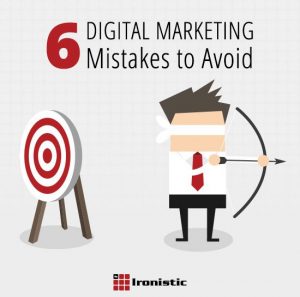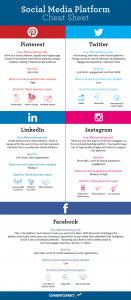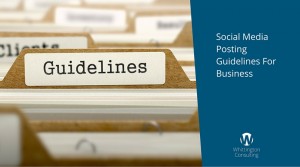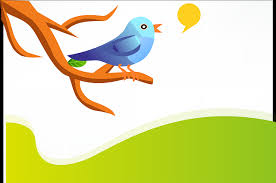— October 18, 2017
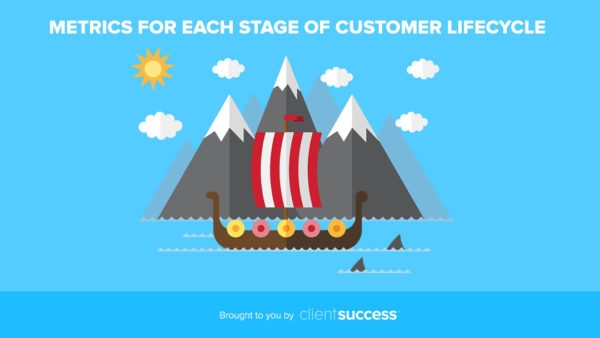
Customer success, like any other department, is dependent on metrics. Customer success managers (CSMs) and leaders rely on these metrics to ensure they’re delivering the best possible experience to customers, and to determine repeatable workflows. Metrics help separate process that are working from processes that need more fine-tuning.
While it can be tempting to just track overarching metrics that measure high-level numbers and sentiment levels, it’s actually critical to look at individual metrics at every stage of the customer lifecycle. With detailed metrics dedicated to every stage, CSMs can ensure nothing is slipping through the cracks. Customer success leaders can drill into individual accounts, stages, and metrics to check on progress.
Here, we’ll look at the various stages of the customer lifecycle and discuss different metrics that can be applied to each and how customer success teams can implement these metrics.
Research Stage
During the Research Stage, customers are trying to figure out what a product or solution does, how a solution can help them solve their problems, and even what an organization stands for in terms of their core values. There might not be as much 1:1 engagement between the customer and a CSM here, but that doesn’t mean customer success can’t have a role during this stage. CSMs should work directly with their marketing team members to determine ways to make the best first impression possible.
Some metrics that CSMs should pay attention to during this stage include customer engagement numbers, types of content customers are engaging with (which often highlights the features they’re interested in), as well as interest in any marketing materials that deal with the customer success process or roadmap.
Evaluation Stage
Customers in the Evaluation Stage work mostly with marketing and sales to figure out if a company really is the best fit for what they are looking for. CSMs and customer success leaders are sometimes pulled in at this stage to provide context or answers around exactly what the onboarding or renewal stages look like. Many organizations looking to enter into a relationship with a SaaS vendor like to get these questions out of the way early to avoid any confusion later on down the road. CSMs should monitor the types of questions asked by customers, where they’re focusing interest (Is it on onboarding? What about training specifically?), and how sales team members are handling these requests.
Buying Stage
The Buying Stage is the last stage of the customer lifecycle that focuses heavily on marketing and sales. A customer has finally made their choice and decided to enter into a relationship with a vendor organization. CSMs can work closely with the sales team to determine custom workflows, feature recommendations, and onboarding mapping. Here, CSMs should be hyper-aware of any points of contention that customers were a little unsure of. After the customer handoff, the responsibility typically falls to the customer success team to ensure these sticking points are no longer an issue. CSMs can monitor the solutions sold during the Buying Stage, the issues discussed, and the quality of the sales/customer success handoff.
Onboarding Stage
During the Onboarding Stage, customer success takes center stage. Here, new customers are introduced to the internal team, learn how to use the product, and go through whatever implementation or activation processes that’s necessary. This is also the stage where CSMs should be closely tracking and measuring specific metrics, such as engagement (How many people show up for kick off or onboarding calls?), ease of implementation (Was there any pushback from a customer’s internal team?), and satisfaction (Were there any immediate issues or complaints?).
The Onboarding Stage is also where a Customer Success team decides the type of engagement model they want to employ with a specific customer account. Engagement models include high-touch onboarding, low-touch onboarding, high-touch post-onboarding, and low-touch post-onboarding. Often, the engagement model depends on the previous customer lifecycle stages and client economics.
Value Stage
As more users begin to work with the platform, true value begins to emerge. This stage is critical to measuring how customers are using the platform, what features they’re using most, and—most importantly—any success stories. CSMs can work directly with marketing to gather these stories and create a customer success library. This is where ROI and monetary impact need to be clearly communicated from both sides (the client and the CSM).
Growth Stage
In the Growth Stage, CSMs can start to see the effects of their meticulous efforts start to pay off. This stage is dedicated to the adoption and growth of a SaaS platform to more users, different departments, or even across an entire customer organization. CSMs should monitor specific metrics including Number of New Users, New Departments, New Use Cases, and even New Feature Interest. Often, it’s during the Growth Stage that organizations start discussing renewal opportunities.
Renewal Stage
And, at long last, the Renewal Stage. One of the most important stages of the customer lifecycle, the renewal stage reaffirms customer satisfaction and solidifies the customer/vendor relationship. Together, customer success teams and sales teams can help customers transform their processes and operations.
When it comes to metrics, CSMs should draw parallels between common satisfaction metrics (aka NPS Scores, Health Scores, and CSAT scores) and renewal occurrences. This helps CSMs determine how accurate these numbers actually are. It’s also good to track the correlation between metrics at other stages, such as User Growth or Customer Success Stories, with renewals.
Measuring Customer Success Metrics
No matter the stage, keeping a close watch on critical metrics can ensure the best possible customer experience. How is your team currently monitoring Customer Success metrics? You can learn more the best ways to develop and measure your customer success team by watching this webinar recording, “The Ultimate Guide to Customer Success Metrics,” here.
Business & Finance Articles on Business 2 Community
(98)
Report Post
